Introduction
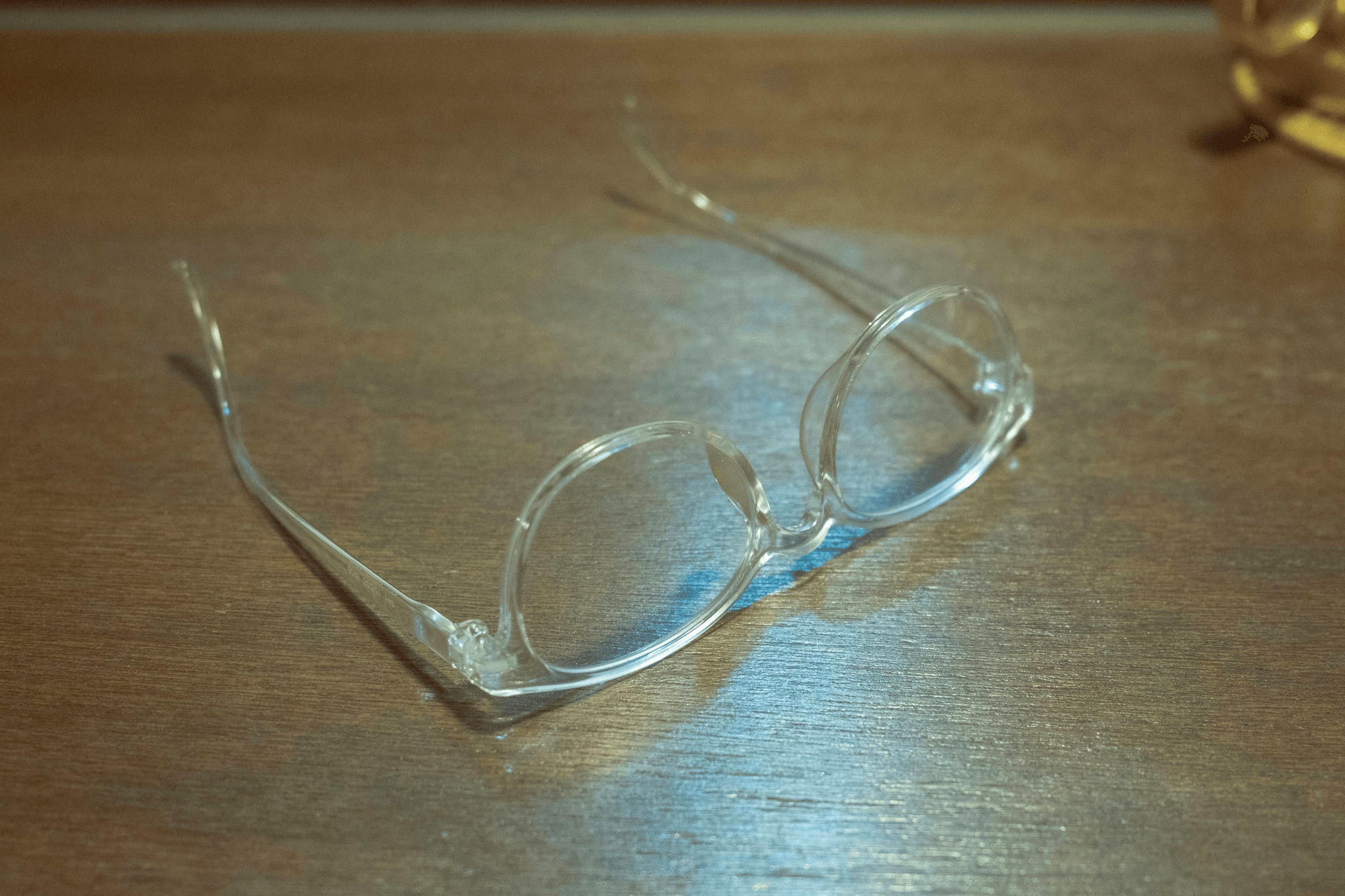
Have you ever wondered what the different parts of a pair of glasses are called? Understanding the anatomy of glasses is crucial, especially if you're a glasses wearer. From the temples to the bridge, each component plays a vital role in ensuring your eyewear fits perfectly and provides clear vision.
Understanding the Anatomy of Glasses
Glasses temples, also known as arms or earpieces, are the part that extends from the front frame to secure your glasses behind your ears. The bridge is the part that connects the two lenses and rests on your nose, providing support for the entire frame. And what are the folding parts of glasses called? They're simply referred to as folding mechanism, allowing for easy storage and portability.
Exploring the Different Components of Eyewear
The bows on glasses, also known as temple tips or earpieces, are designed to provide comfort and stability by resting against your head. Understanding these different components will help you appreciate how each part contributes to both form and function in eyewear design.
Demystifying the Parts of Your Glasses
Whether it's understanding what makes up a pair of glasses or knowing what is folding glasses, demystifying these terms will give you a newfound appreciation for your eyewear. So let's dive into each component and unravel their unique roles in creating stylish and functional eyeglasses.
The Frame
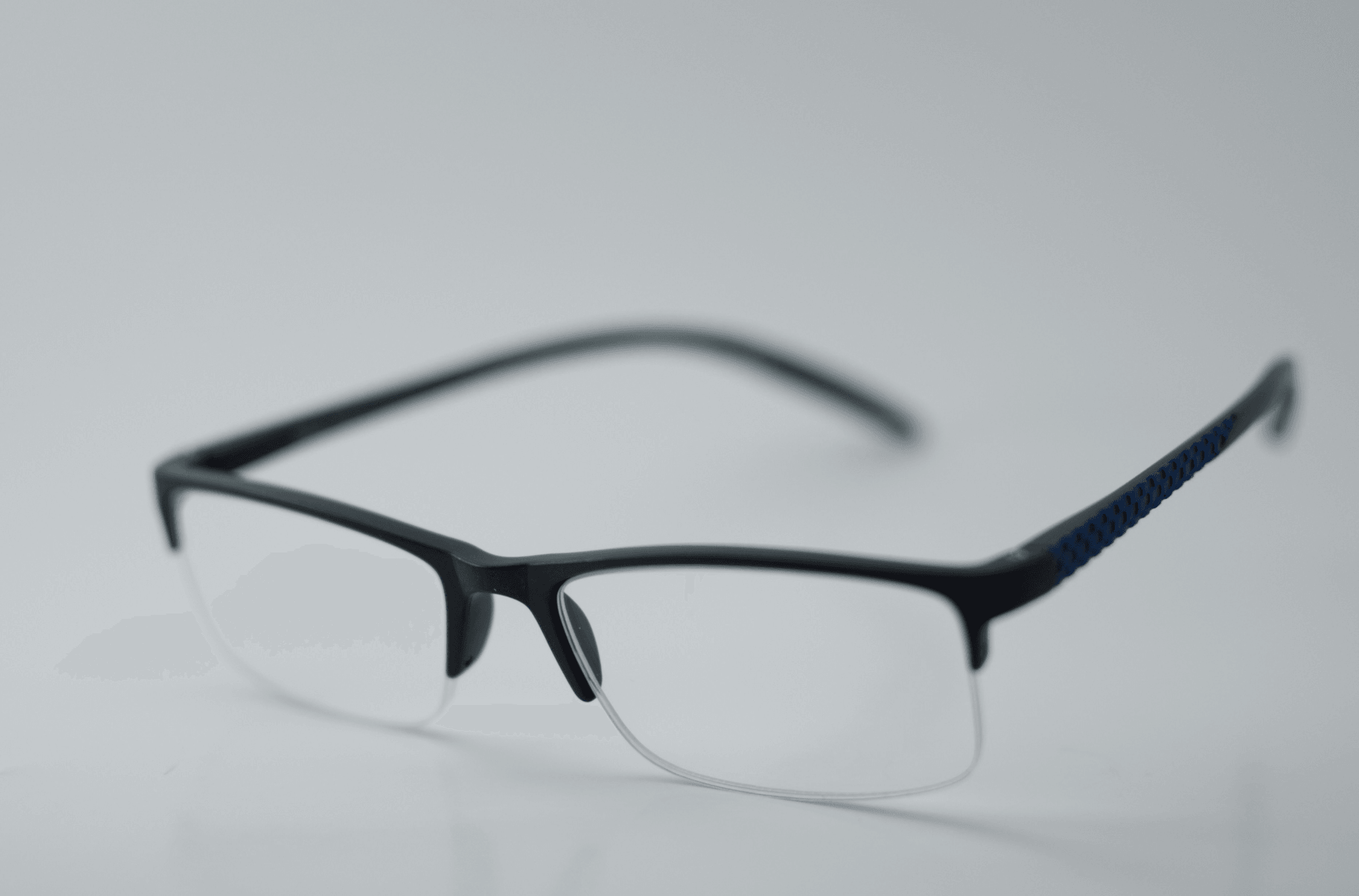
When it comes to the anatomy of glasses, the frame is a crucial component that holds everything together. The front frame is the part that encases the lenses, providing structure and support for your eyewear. It's important to choose a front frame that complements your facial features and personal style, as it can significantly impact your overall look.
Front Frame
The front frame of your glasses not only serves a functional purpose but also makes a fashion statement. Whether you prefer bold, thick frames or delicate, wire-rimmed ones, the front frame is an essential part of your overall look. It's like the punctuation mark at the end of a sentence – it adds emphasis and style to your face.
Temples (What are Glasses Temples?)
The temples are the long arms of the glasses that extend from the front frame over your ears to provide stability and support. They are also known as arms or stems and come in different lengths and designs. Some temples feature intricate patterns or decorative elements, adding flair to your eyewear.
Bridge
The bridge of your glasses is the part that connects the two lenses across your nose. It plays a crucial role in ensuring a comfortable fit and proper alignment of the lenses with your eyes. Bridges come in various shapes and styles, including keyhole bridges, saddle bridges, and adjustable nose pads for added customization.
The Lenses

When it comes to the lenses of your glasses, it's important to understand the different materials available. From traditional glass to modern polycarbonate and high-index plastics, there are various options to suit your needs and lifestyle. The lens material you choose can impact the weight, durability, and even the thickness of your lenses.
Lens Material
The lens material plays a crucial role in determining the overall performance and comfort of your eyewear. Traditional glass lenses offer exceptional clarity but can be heavy, while polycarbonate lenses are lightweight and impact-resistant, making them ideal for active individuals. High-index plastics are perfect for those with strong prescriptions as they are thinner and lighter than standard plastic lenses.
Transitioning from lens materials to coatings and treatments, it's important to consider additional features that can enhance the performance of your eyewear. Anti-reflective coatings are beneficial for reducing glare and improving visual clarity, especially when driving or using digital devices. UV protection is another essential treatment to safeguard your eyes from harmful sun rays, preventing long-term damage and potential vision problems. By choosing the right coatings and treatments, you can customize your eyewear to meet your specific needs and lifestyle.
Coatings and Treatments
Coatings and treatments can enhance the performance of your lenses in various ways. Anti-reflective coatings reduce glare and improve visual clarity, while UV protection coatings shield your eyes from harmful sun rays. Scratch-resistant treatments help prolong the lifespan of your lenses by minimizing damage from everyday wear and tear. Additionally, hydrophobic coatings can repel water and prevent water spots, making it easier to see clearly in rainy or humid conditions. These coatings are especially useful for outdoor activities or for those living in areas with unpredictable weather.
Prescription and Non-Prescription Lenses
Whether you require corrective vision or not, understanding the difference between prescription and non-prescription lenses is essential when choosing the right eyewear for you. Prescription lenses are customized to address specific vision needs such as nearsightedness or farsightedness, while non-prescription lenses are designed for fashion or protection purposes.
Now that you have a better understanding of lens materials, coatings, treatments, prescription options for glasses - you're well on your way to becoming an eyewear expert! Keep reading to learn more about other essential components that make up a pair of glasses!
The Hinges
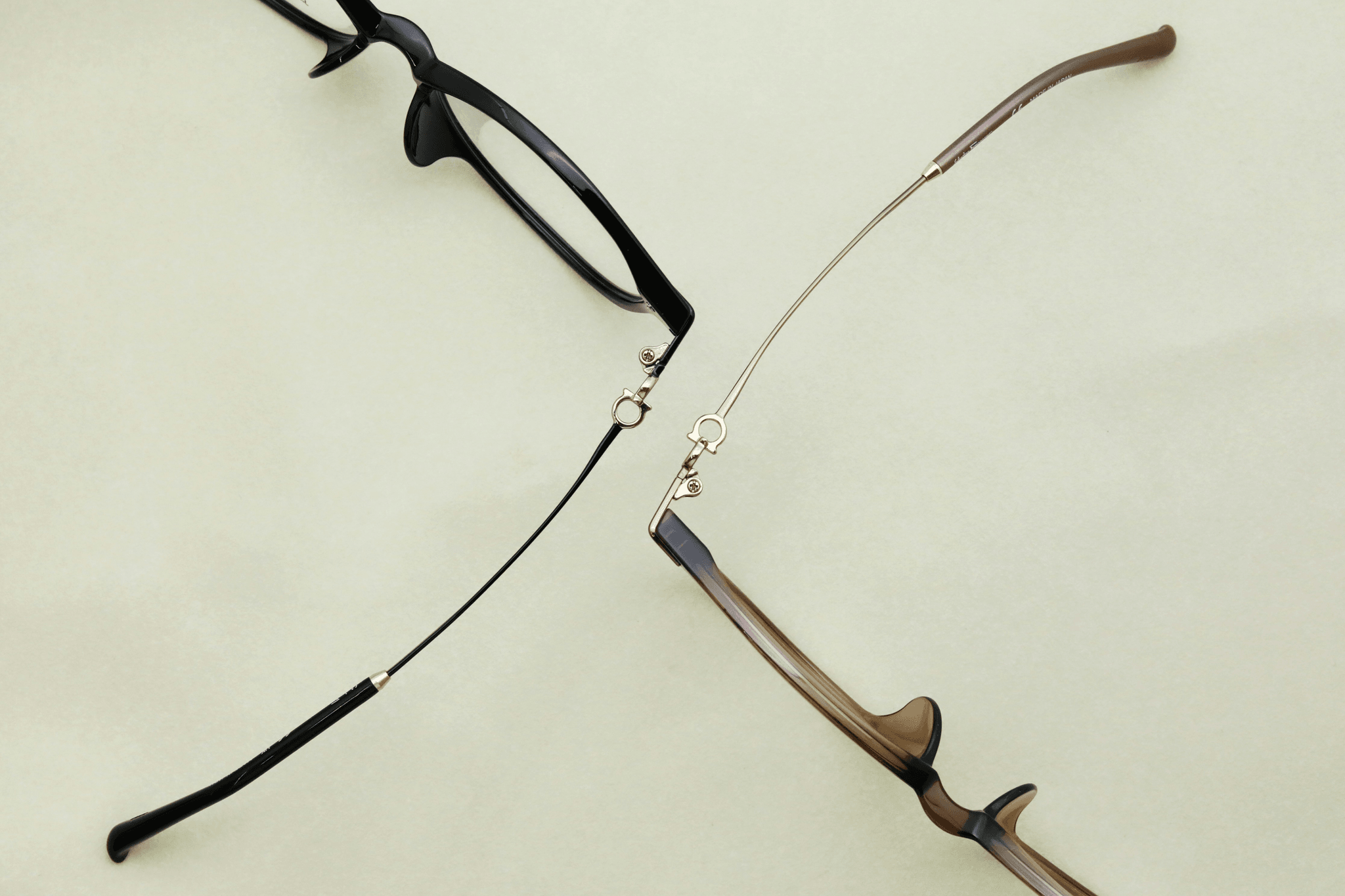
When it comes to the hinges of your glasses, there are a few different options to consider. Traditional hinges are the most common type and are made up of small screws that attach the temples to the frame. These hinges allow for easy movement and adjustment of the arms, providing a comfortable fit for the wearer.
Traditional Hinges
Traditional hinges are sturdy and reliable, but they do have their limitations when it comes to flexibility. If you're looking for something with a bit more give, you might want to consider spring hinges. These innovative hinges feature a small spring that provides extra flexibility and allows the arms to bend outward without breaking.
Spring Hinges
Spring hinges are ideal for those who lead an active lifestyle or simply want a little extra comfort when wearing their glasses. The added flexibility means less pressure on the temples, making them perfect for all-day wear.
Folding Mechanism (What are the Folding Parts of Glasses Called?)
If you're someone who's always on the go, folding glasses might be just what you need. These nifty frames feature a folding mechanism that allows them to collapse into a compact size, making them easy to store in your pocket or bag when not in use.
The Arms
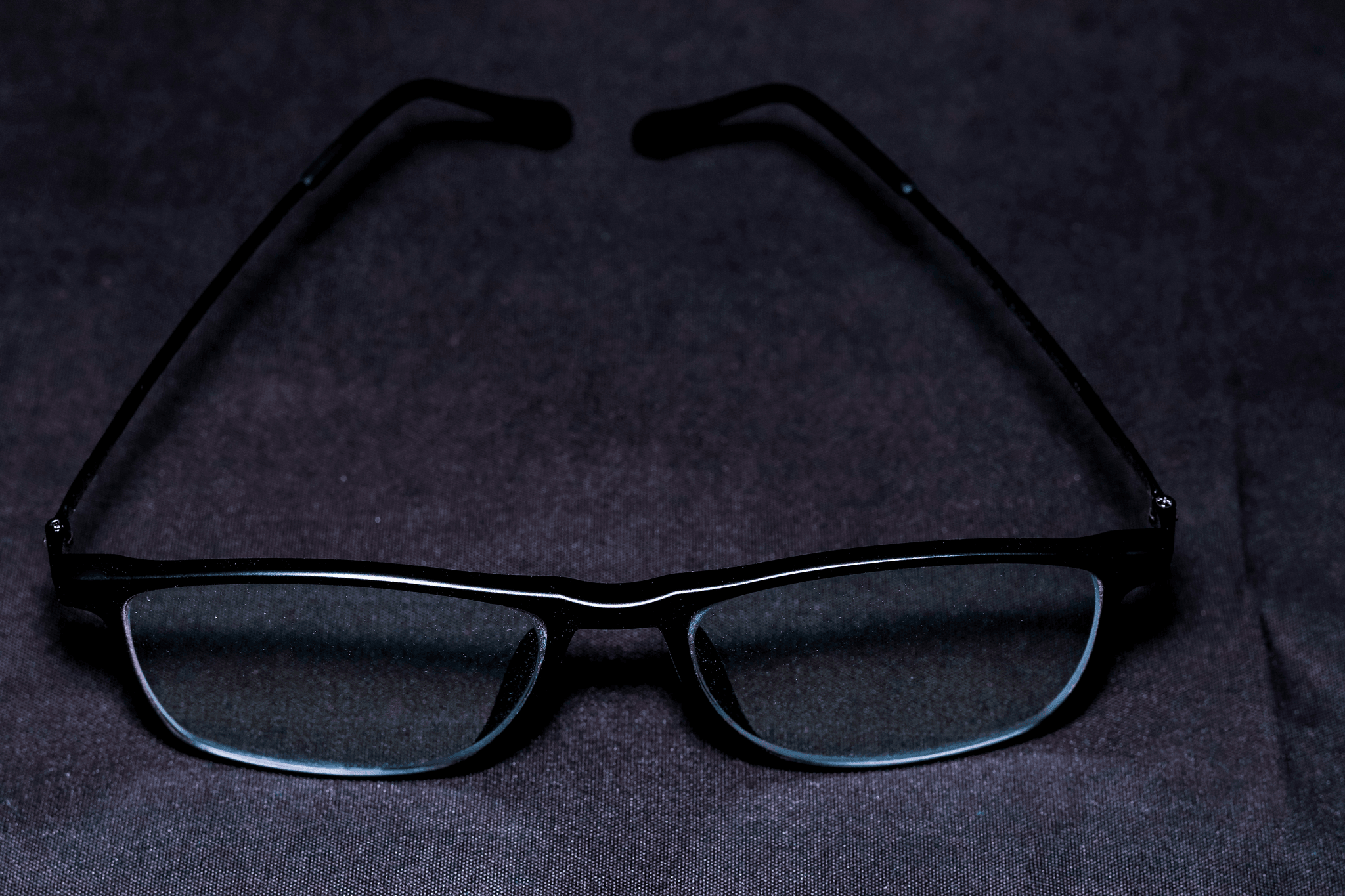
When it comes to the arms of your glasses, there are a few key components to consider. First up, we have the arm tips, which are the ends of the arms that rest on your ears for comfort and stability. Next, we have curved arms, which are designed to follow the natural curve of your head for a secure fit without any pressure points. And finally, we have the bows, which are what the arms are called when they curve behind your ears and hold your glasses in place.
Arm Tips
The arm tips of your glasses play a crucial role in ensuring that your eyewear stays comfortably in place throughout the day. These small but mighty components are often made from materials that offer a soft and gentle touch against your skin, preventing any discomfort or irritation during extended wear. Whether it's silicone or acetate arm tips, their design and material can make all the difference in how comfortable your glasses feel on a daily basis.
Curved Arms
Curved arms are an essential feature of eyewear that contributes to both comfort and functionality. By following the natural curve of your head, these arms provide a secure fit without any unnecessary pressure on specific areas behind your ears. This design element is especially beneficial for those who wear their glasses for long periods, as it minimizes any discomfort or headaches that can result from poorly fitting frames.
Curved arms also play a role in the overall style and appearance of eyewear. The gentle curve of the arms can add a touch of elegance and sophistication to the frames, enhancing the wearer's facial features. This design feature allows for a seamless integration of the arms with the rest of the frame, creating a cohesive and polished look. Whether for fashion or function, curved arms are a key element in creating eyewear that is both comfortable and stylish.
Bows (What are the Bows on Glasses Called?)
The bows on glasses refer to the curved parts of the arms that wrap around behind your ears to keep them in place. Also known as temple tips or earpieces, these bows play a significant role in ensuring that your eyewear remains securely positioned throughout all activities and movements. They come in various designs and materials to cater to different preferences and needs for both style and functionality.
The bows on glasses are not just functional but also a style statement. With the rise of fashion-forward eyewear brands, the design and material of these bows have become more diverse than ever. From sleek metal temples to colorful acetate earpieces, there is a wide array of options to suit every individual's taste and personality. Whether you prefer a classic and understated look or a bold and trendy vibe, there is a pair of glasses with bows that can perfectly complement your style.
Daposi: An Innovative Eyewear Manufacturer

Daposi is a leading eyewear manufacturer that prides itself on using quality materials to create durable and stylish glasses. The company sources the finest metals and acetates to ensure that their frames are not only fashionable but also long-lasting. Daposi's commitment to quality materials sets them apart in the eyewear industry.
Quality Materials
Daposi's frames are crafted from premium metals such as titanium and stainless steel, as well as high-grade acetate. These materials are not only lightweight but also strong, ensuring that your glasses can withstand daily wear and tear without compromising on style or comfort. Daposi's dedication to using top-notch materials guarantees that their eyewear is both fashionable and functional.
Daposi's commitment to stylish designs goes beyond just using quality materials. Each frame is carefully crafted with attention to detail, ensuring that every pair of glasses not only looks great but also fits comfortably on the face. The brand's emphasis on fashion-forward designs means that you can find a variety of trendy styles to suit your personal taste, whether you prefer classic aviators or bold, statement-making frames. With Daposi eyewear, you can always stay on-trend without sacrificing durability or comfort.
Stylish Designs
Daposi offers a wide range of stylish designs, from classic silhouettes to modern, trend-setting frames. Whether you prefer a timeless look or want to make a bold fashion statement, Daposi has the perfect pair of glasses for you. Their attention to detail and commitment to staying ahead of the latest trends make them a go-to choice for fashion-forward individuals.
Daposi also offers customization options, allowing you to create a unique and personalized pair of glasses that perfectly suits your style and personality. From choosing the frame color to adding special details or embellishments, you can truly make your eyewear one-of-a-kind. This level of customization sets Daposi apart from other eyewear brands, giving you the opportunity to express yourself through your fashion choices.
Customization Options
What sets Daposi apart is their customization options, allowing customers to personalize their eyewear to suit their unique style and needs. From choosing different frame colors and finishes to adding personalized engravings, Daposi offers a level of customization that is unparalleled in the industry. With Daposi, you can truly make your glasses your own. In addition to frame customization, Daposi also offers the option to select different lens types and coatings, ensuring that your eyewear not only looks great but also provides the functionality you require for optimal vision. Whether you need prescription lenses or specialty tints for outdoor activities, Daposi has you covered with a wide range of lens options.
Conclusion
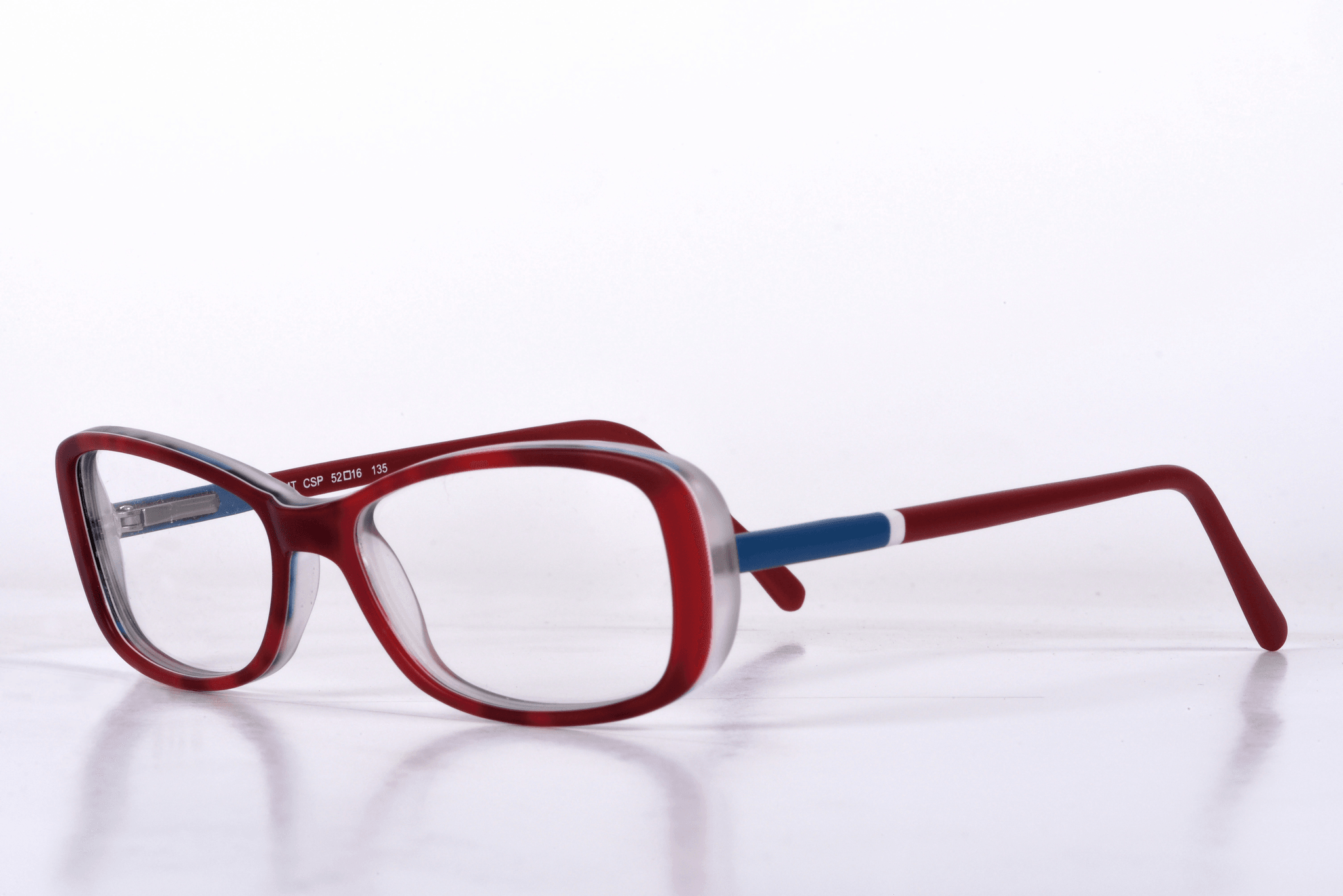
Now that you have a better understanding of the anatomy of glasses, you can impress your optician with your newfound knowledge. Exploring the different components of eyewear has given you a deeper appreciation for the craftsmanship that goes into creating a pair of glasses.
Now You Know the Ins and Outs of Your Glasses
With this knowledge, you'll be able to confidently discuss your eyewear needs and preferences when shopping for new frames. Understanding what each part of your glasses is called will make it easier for you to communicate with optical professionals, ensuring that you get the perfect pair for your needs. You'll also be better equipped to troubleshoot any issues with your current glasses, whether it's a loose screw or a crooked frame. Knowing the ins and outs of your glasses can also help you better care for them, extending their lifespan and keeping them in top condition.
Enhance Your Eyewear Knowledge
Continue to enhance your eyewear knowledge by staying updated on the latest trends and innovations in the industry. By keeping an eye on new developments, you'll be able to make informed decisions about your eyewear choices and stay ahead of the curve when it comes to style and functionality.
Staying updated on the latest trends and innovations in the eyewear industry can also help you understand the different materials and technologies used in eyewear production. Whether it's lightweight titanium frames or blue light-blocking lenses, knowing about these advancements can help you choose the right frames for your specific needs. By being knowledgeable about these options, you can ensure that your eyewear not only looks great but also provides the functionality you require for your lifestyle.
Choosing the Right Frames for You
When choosing the right frames for you, consider not only their aesthetic appeal but also their comfort and functionality. With a better understanding of what are glasses temples, bows on glasses called, and folding parts of glasses called, you'll be able to make an informed decision that suits both your style and practical needs. The temples of glasses are the part that extends over your ears to hold the frames in place, so it's important to find a pair that fits comfortably without causing any pressure points. Additionally, the bows on glasses, also known as the arms or earpieces, should be adjustable to ensure a proper fit and prevent sliding down your nose throughout the day.
